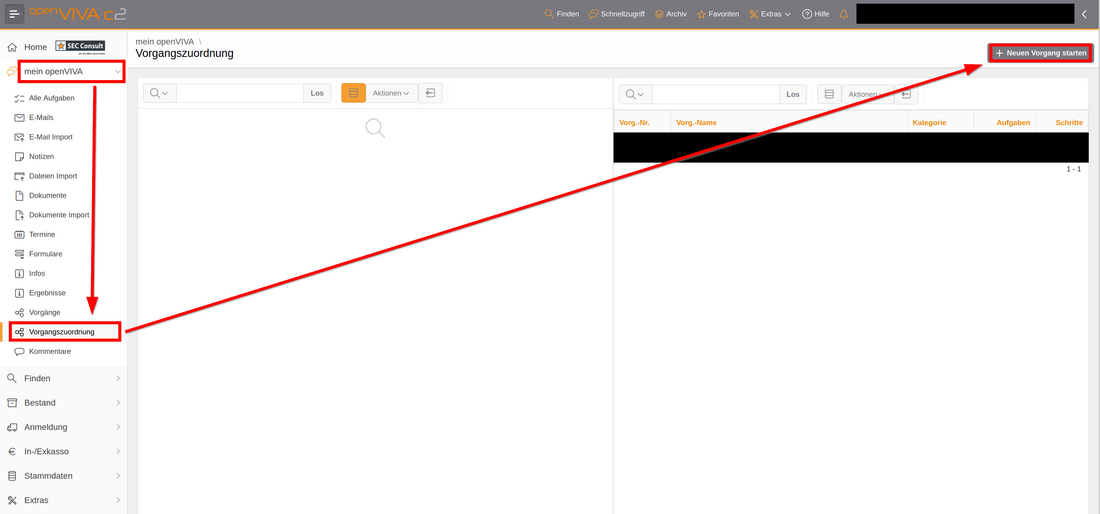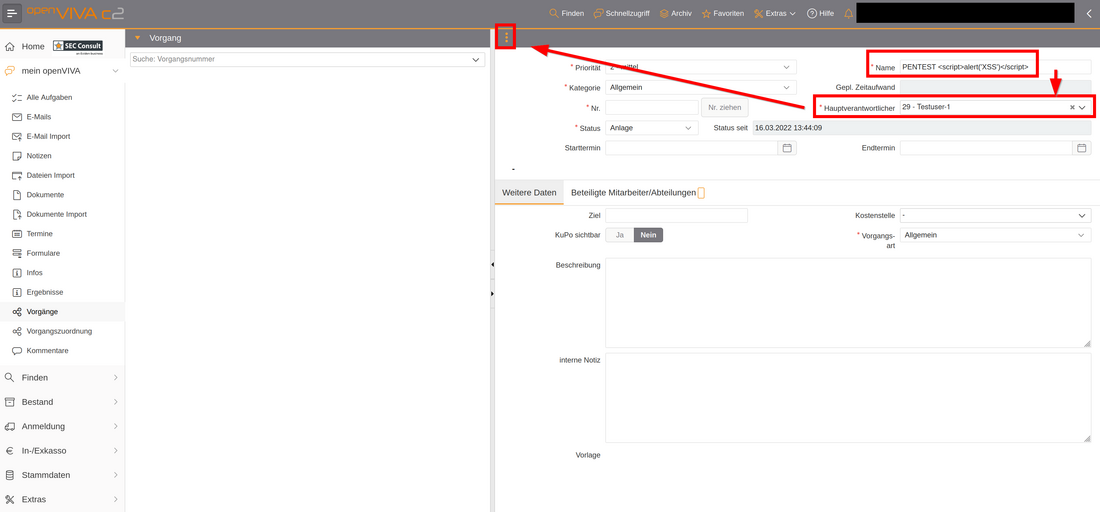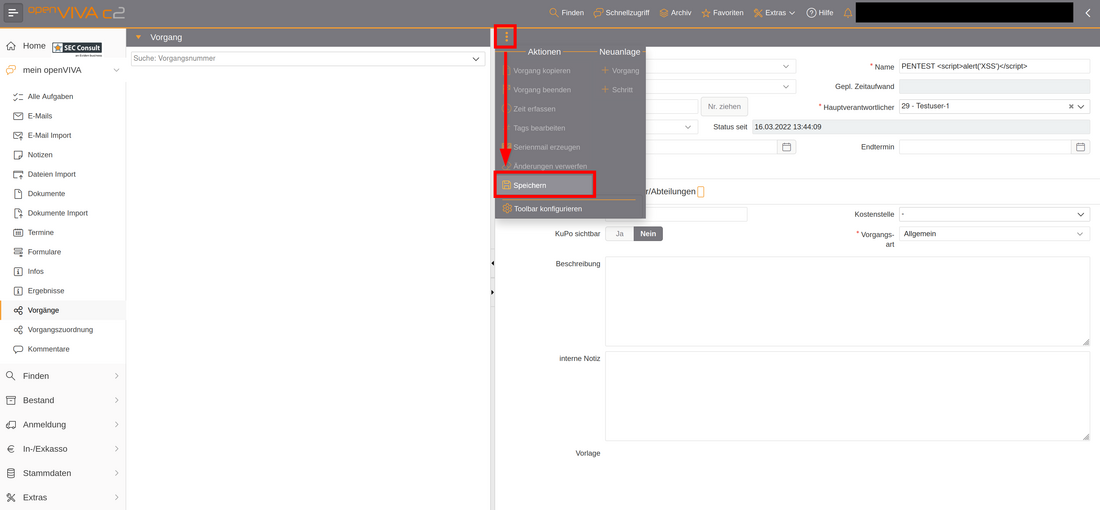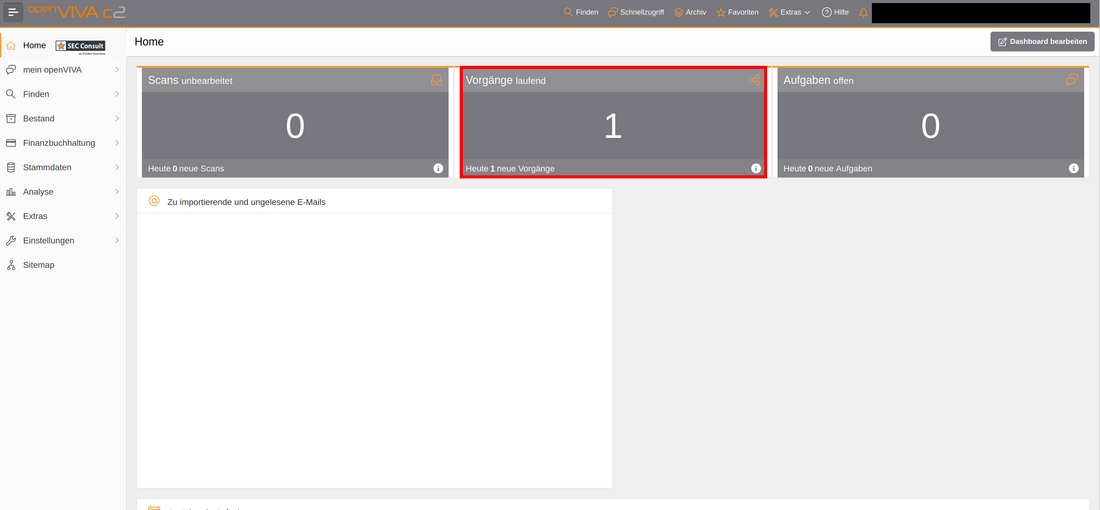Vendor description
"Support small and medium-sized companies as well as large corporate customers with just one software. Sales , inventory management , billing , e-mail and much more - with openVIVA c2 you get everything in one application. Without system disruption and in one database, you can do all the work of an insurance broker with one piece of software. Connect brokers, intermediaries, insurers and customers directly with our self-service portals . Strengthen your customer relationships and work more efficiently yourself. mb Support offers portals for intermediaries as well as industrial and commercial customers and tailor-made portal solutions for insurers, brokers and private customers."
Source: https://mbsupport.de/
Business recommendation
The vendor provides an updated version to their customers.
An in-depth security analysis performed by security professionals is highly advised, as the software may be affected from other security issues.
Vulnerability overview/description
1) Stored Cross-Site Scripting (CVE-2022-39172)
An authenticated attacker with privileges of the role 'user' can create a new 'Vorgang' (Process). The field 'Name' is not sanitized and enables an attacker to perform a stored XSS attack. Additionally, the field 'Hauptverantwortlicher' (persons mainly responsible) can be used to assign this 'Vorgang' to another user who will receive it in his overview list. This results in a targeted stored XSS attack.
Proof of concept
1) Stored Cross-Site Scripting (CVE-2022-39172)
The application is developed on top of Oracle Apex (https://apex.oracle.com/en/) which provides several security features to developers. Two of those are request replay protection and parameter checksumming which make it hard to develop a PoC which only consists of requests and responses. Therefore this PoC will be a textual description of the required steps and supplemented with pictures. Additionally the library 'AlertifyJS' is used, which changes the appearance of alert popups which can be confusing if you are used to the standard alert popups.
To execute the attack the following steps have to be performed:
1. Log in to openVIVA c2
2. Go to 'mein openVIVA' (my openVIVA)
3. Click on 'Vorgangszuordnung' (Process Assignment)
4. Click on 'Neuen Vorgang starten' (Start new Process)
5. In the new form enter the XSS payload into the 'Name' field, for example "<script>alert('XSS')</script>"
6. Choose your victim as 'Hauptverantwortlicher' (persons mainly responsible)
7. Click on the three dots
8. Click on 'Speichern' (save)
The victim now has a new 'Vorgang' in his inbox. If the 'Vorgänge' menu is clicked,the victim is redirected to the list of assigned 'Vorgänge'. Because our payload is in the name field it is executed as soon as the list of processes is loaded.




